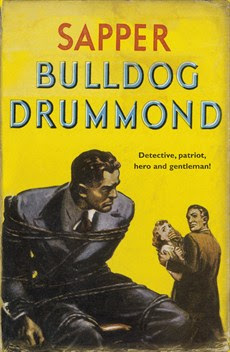More than a year ago, we saw our last film in a movie theater. This month, we returned to one of our favorite venues to see the Oscar nominated picture, “Nomadland.”
Here are some notes on it and two other films with Academy Award nominations:
Frances McDormand plays Fern, a woman whose life fell apart when the one, giant employer in her town shut down operations.
McDormand is excellent and is up for a third Academy Award. She won best actress for “Fargo” and for “Three Billboards Outside Ebbing, Missouri.”
Director Chloé Zhao pulls no punches in telling this story based on the book by Jessica Bruder. But at an hour and 47 minutes, the whole thing feels too long. Zhao is also up for Oscars for directing and screenplay.
“Hillbilly Elegy”
Veteran actress Glen Close is up for an Oscar as best supporting actress for playing, Mamaw, the strong-willed, country grandmother in “Hillbilly Elegy.”
The film, based on the autobiographical book by J.D. Vance, was much better than I thought it would be.
The book tells the story of how Vance, with the tough-love guidance of his grandmother, broke out of the cycle of violence, drug addiction, and chaos that surrounded him as a child.
The movie’s producers smartly trimmed the book, cutting out characters and incidents which could have been overkill on the screen, yet still retained Vance’s story.
Ron Howard directed the film. Gabriel Basso plays Vance as a young man and Owen Asztalos plays Vance as a boy. Amy Adams plays Vance’s mother, and it is mystery why she was not nominated.
“Sound of Metal”
It is the story of Ruben, a drummer in a heavy metal band, who starts going deaf.
I call this a brave film because of the way Ruben’s hearing is handled. At times, the sound track approximates his situation with an audio point-of-view. The technique is well done.
Riz Ahmed is up for best actor this year. “Sound of Metal” is also nominated for best picture, original screenplay, editing, sound, and for supporting actor for Paul Raci, who was great.
The Oscars are scheduled to be given out on Sunday, April 25.







